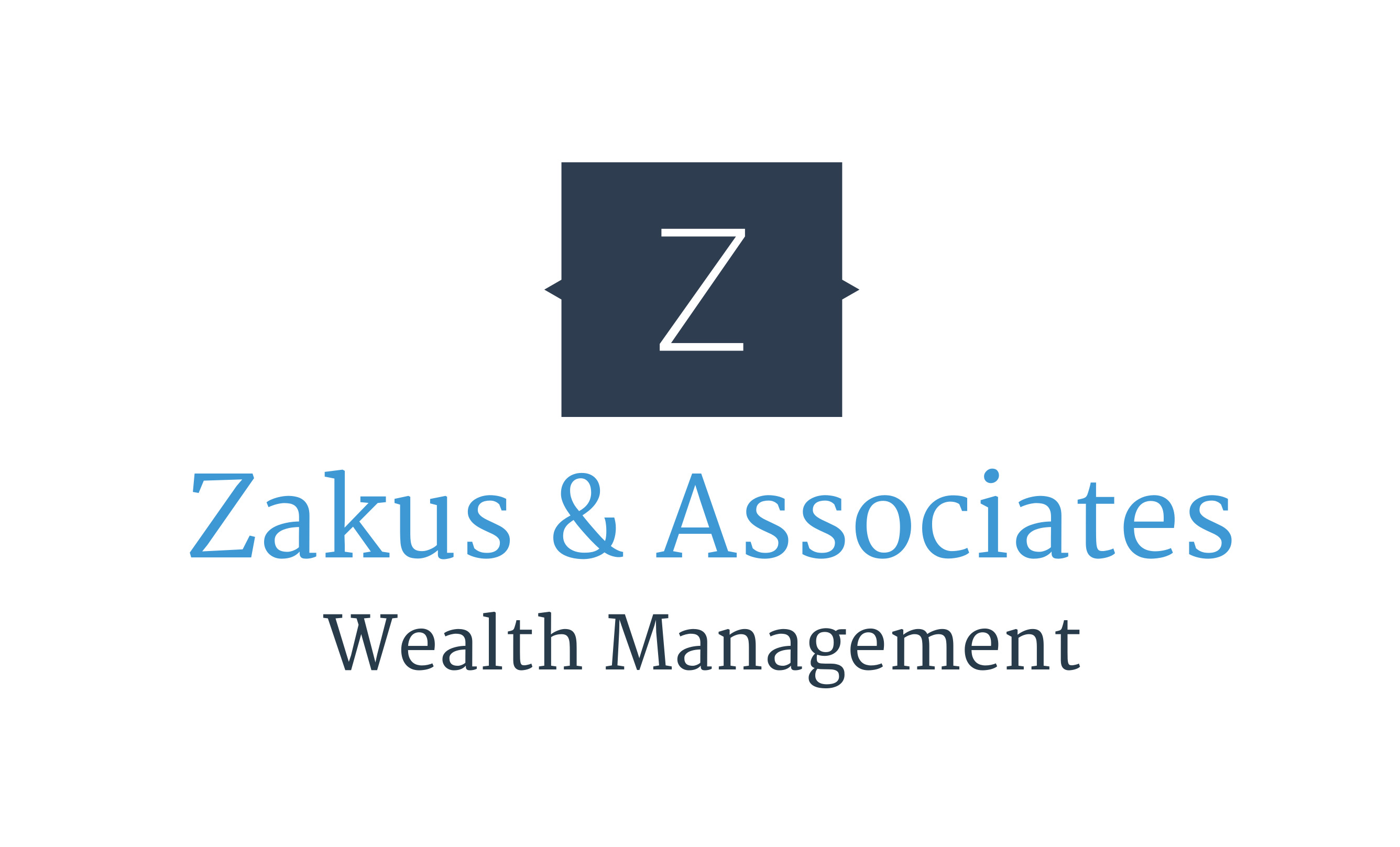Savings vs. Investing…What’s the difference?
In my last blog I referenced the terms Savings and Investing and asked if you knew what the difference between the two are. Each have very different meanings, uses and maintaining a balance between the two, will help you reach your financial goals.
Before we get into looking at the differences between saving and investing, let’s agree that daily expenses like groceries and that cell phone bill are separate from savings, and should be treated that way.
Okay, now that we have that cleared up let have that chat savings!
Simply put……Saving is for today
Putting aside a percentage of your income each month into a separate savings is a great habit to develop and will help you achieve your short-term financial needs. These regular savings will help you manage your Cash Flow Plan, pay for vacations, deal with unexpected expenses, and use less credit.
You know the saying “save for a rainy day”. Rainy days in these instances refer to times of trouble, which is why we are always told to save for a rainy day. Rainy day funds are the same thing as emergency funds, so it doesn’t matter what you call your savings, it matters how you use them.
What would happen if your furnace needed replacing or the roof started leaking? Would you have enough in your rainy day account to cover the repairs, or would you have to turn to your credit card or line of credit putting you into debt? If your answer is to put it on the line of credit or credit card, you don’t have enough saved. Another way to tell if your savings are in good shape; is to watch your spending, and if you’re regularly dipping into your long-term savings to pay for short-term needs, you don’t have enough money in savings.
We have all heard that the general rule of thumb is to have between 6 and 12 months of living expenses in your savings……so how much do you have in savings?
Investing is for tomorrow
We can’t rely on our savings to fund long-term goals, like our children’s education and your own retirement. Why? Because money in our rainy-day account is held inside a savings account or even a high yield savings account which earns minimal interest, therefore produces minimal growth.
Investments, however, can grow over time.
A common belief about investing is that it’s risky, and while it is true that investing does involve taking on some degree of risk, putting too much in your savings leaves you at risk of not achieving your long-term financial goals. Even those high yield savings account may not be keeping up with inflation, which means you’re not saving as much as you think.
Over the long-term your investments will most likely produce better returns, giving you a better chance of achieving your long-term financial goals.
Let’s look at a comparison!
Using an example to demonstrate the difference between saving and investing, and how each can affect your bottom line.
Suppose you have a savings account with $5,000 and contribute $300 each month into a savings account that pays 2% interest. After 25 years your savings account will have accumulated to $124,757.51.
Now let’s say you have the same $5,000, but instead decide to contribute $300 per month towards a diversified investment portfolio that earns an average of 6% a year. After 25 years, you will have accumulated $225,333.60.
As you can see, Saving and Investing have very different outcomes. While saving helps you to achieve short-term financial goals like buying a new car or going on annual beach vacations, investments will be used for long-term financial goals such as your children’s or spending 6 months in a tropical or dessert city.
Having savings to cover those rainy days expenses means you are prepared for the curveball’s life loves to throw at us. Investments, on the other hand, are there for your long-term goals and the question isn’t if you should save or invest, it’s how much money should I save? and how much should I put towards investments?
Not on track….no worries, we can help you set up a savings and investment plan that will help you achieve your financial goals and give you financial peace of mind. Give us a call for a complimentary no obligation meeting.
Please email [email protected] or call 778-215-7230.
The information contained in this post is of general nature and should not be considered professional advice. Its accuracy or completeness is not guaranteed, and Zakus Kowalchuk LLP assumes no responsibility or liability.



